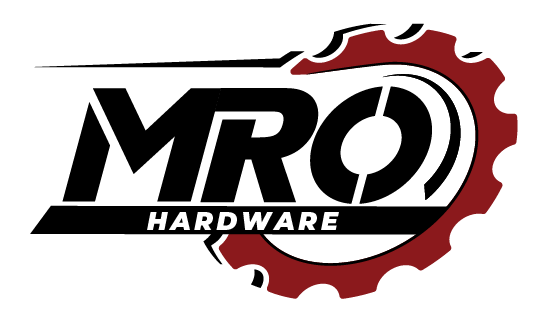Butt hinges are one of the most commonly used hinges in both residential and industrial applications. Known for their simple yet durable design, they consist of two identical metal leaves connected by a central pin, allowing doors, gates, and cabinets to swing open and close smoothly. Butt hinges are widely used in construction, furniture manufacturing, and machinery, making them an essential component in various industries.
Understanding the different types, characteristics, and applications of butt hinges helps in selecting the best option for a specific project.
What Are Butt Hinges?
A butt hinge consists of two rectangular metal plates (leaves) attached to a central pin or barrel. One leaf is affixed to a stationary surface, such as a door frame or cabinet body, while the other leaf is attached to the movable component, like a door or lid. The hinge enables smooth pivoting, ensuring proper functionality and durability.
Types of Butt Hinges
Plain Butt Hinges
These are the most basic and widely used butt hinges. They feature a simple design with two metal leaves and a central pin, providing reliable movement for doors, cabinets, and gates.
Ball Bearing Butt Hinges
Designed for heavy-duty applications, these hinges incorporate ball bearings between the knuckles to reduce friction and ensure smoother operation and increased longevity. They are ideal for commercial doors and high-traffic areas.
Spring-Loaded Butt Hinges
Also known as self-closing hinges, spring-loaded butt hinges include a built-in spring mechanism that allows the door or panel to return to a closed position automatically. They are commonly used in fire doors and kitchen cabinets.
Lift-Off Butt Hinges
These hinges allow for easy removal of doors without unscrewing the hinge. One leaf lifts off from the other, making them ideal for applications requiring quick access, such as electrical panels and maintenance doors.
Heavy-Duty Butt Hinges
Made from reinforced materials like stainless steel or brass, heavy-duty butt hinges are used in industrial machinery, warehouse doors, and security gates.
Applications of Butt Hinges
- Doors and Gates: Used in residential, commercial, and industrial doors for smooth opening and closing.
- Cabinets and Furniture: Found in kitchen cabinets, wardrobes, and office furniture for functional movement.
- Automotive and Industrial Equipment: Used in vehicle doors, toolboxes, and machinery panels.
- Marine and Outdoor Structures: Stainless steel butt hinges are common in marine environments, ensuring corrosion resistance.
Key Characteristics of Butt Hinges
- Material: Butt hinges are available in steel, stainless steel, brass, and aluminum, each offering different levels of strength and corrosion resistance.
- Finish: They come in various finishes, including polished, brushed, black oxide, and chrome-plated, to suit different aesthetic and functional needs.
- Pin Type: Removable pins allow easy disassembly, while fixed pins provide extra security for exterior doors.
- Size and Load Capacity: Available in various sizes, ensuring compatibility with lightweight cabinets or heavy-duty industrial doors.
Conclusion
Butt hinges are an essential component in door and cabinet installations, offering strength, reliability, and smooth operation. With various types available, including plain, ball-bearing, spring-loaded, and heavy-duty butt hinges, choosing the right one depends on load capacity, material, and functional requirements.
By selecting the appropriate butt hinge, businesses and homeowners can enhance security, durability, and ease of use, ensuring long-term performance in various applications.

